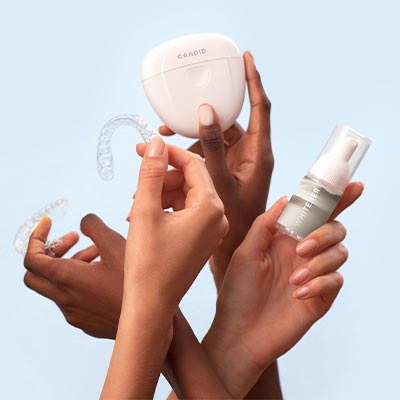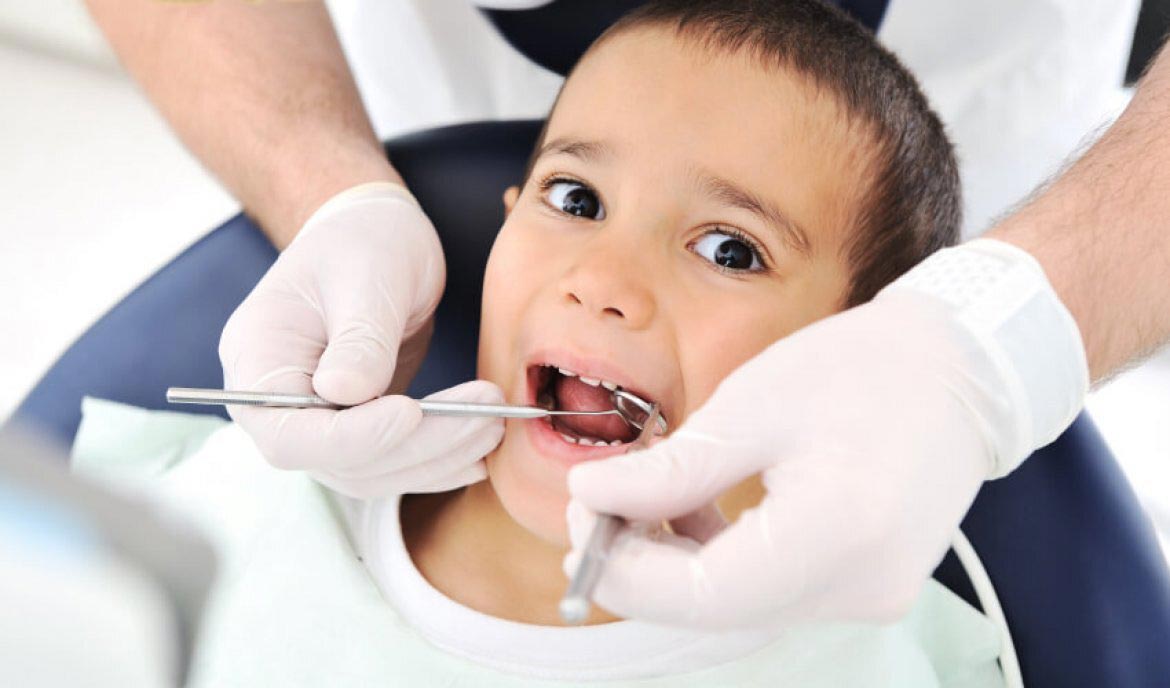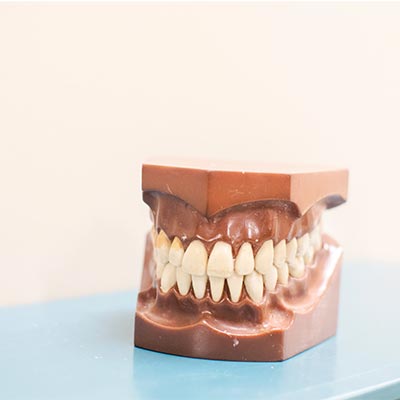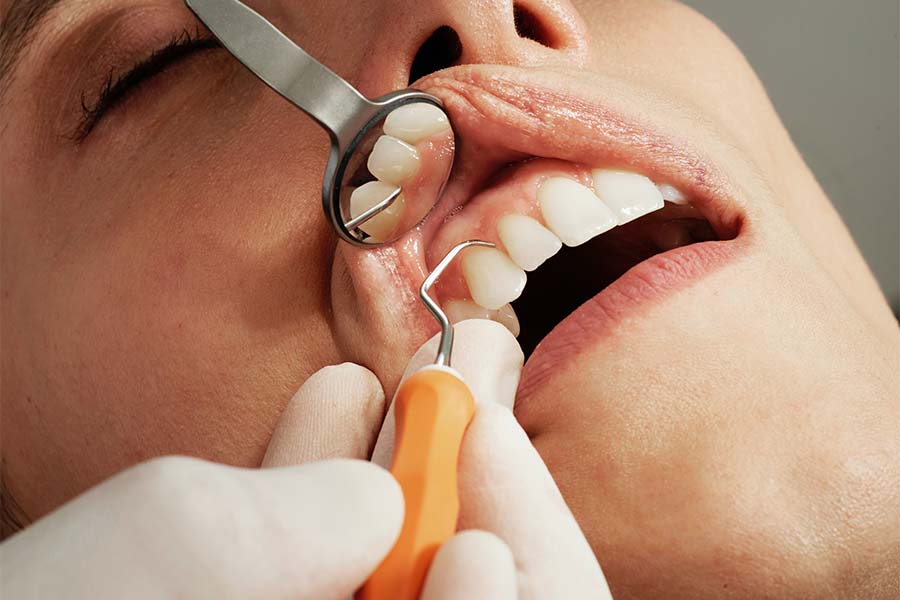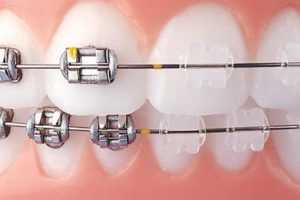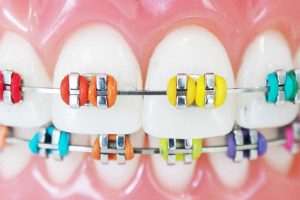orthodontic
Orthodontic treatments may focus solely on correcting the position of the teeth or changing the pattern and direction of growth of the two jaws (orthopedic treatments). On the other hand, orthodontic treatments can be divided into treatments with fixed and mobile devices. Fixed devices are devices that do not need to be removed from the patient’s mouth during treatment and their main components are brackets and wires. Brackets are small components that are glued to a tooth with a special adhesive.
Among the people, the term wiring or wiring teeth is also used to refer to this practice. Removable devices are types that the patient can remove from the mouth during treatment, although sometimes this removal may be limited to short periods of time, such as when eating or brushing, as prescribed by the orthodontist. These types of devices are popularly known as “license plates
This word is composed of two Latin words “ortho” meaning “right” and “right” and “edos” or its derivative “dance” meaning tooth
The right time to start orthodontic treatment depends on the type of deformity; For patients with skeletal problems, for example, their upper jaw is in front of the normal position or, conversely, their lower jaw is behind their proper position, the best time to start treatment is the pre-pubertal years because These abnormalities are used, so it is recommended for girls around the age of 9 and for boys around the age of 11.
There is no age limit for dental problems, but the golden age for treatment is around 12 years old. According to the American Dental Association (ADA), the best age to visit a general dentist at the same time as the eruption of baby teeth is about the first 7 years of life
If the abnormalities are related to the jawbone and are not diagnosed before puberty, the patient may need jaw surgery; Therefore, early diagnosis (age range 6 to 10 years) can prevent maxillofacial surgery, and provide beauty at an older age. However, there is usually no time limit for orthodontics and this treatment can be done as long as the tooth is in the mouth; But the younger the age, the better
Orthodontics is taught with differences in many countries around the world. In Iran, a dentist, after 6 years of dental education and obtaining a doctorate in general dentistry, after passing the project, can participate in the admission exam of a specialized dental assistant (resident) and if accepted, enter this specialized course. The duration of the official orthodontics course in Iran is 3 years
Orthodontics is one of the specialized branches of dentistry that is used to beautify the face and teeth and improve their function. Teeth crookedness, overbite and underbite (excessive forward or overgrowth of teeth), crossbite, crowded teeth, and jaw disorders are some of the problems that can be treated by orthodontists.
In some cases, pediatric dentists or general dentists also perform orthodontic treatment
:Standard
The brackets of all the teeth are the same. To adjust the position of the teeth, bends are installed in the wire. Preset straight wire or edgewise systems: Adjust the desired position of each tooth, embedded in the bracket of that tooth and replace the curves.
Maxillary and mandibular growth correctors: Used for differential growth of the jaws.
Types include high-pull retainers, cervical-pull retainers, J-hook retainers, reverse-pull retainers, chin-ups, functional devices (such as Herbst and twin block)
• Non-compliant devices for correcting class II malocclusions: such as pendulum
Aligners: A series of aligners that are prepared to align a patient’s teeth and used by the patient.
Posterior cross-correction devices: Expand the maxilla. If the expansion is done at a speed of 0.5 mm per day, the expansion is fast, if it is done at a speed of 1 mm per week, it is called slow expansion.
Hyrax and Haas devices fall into this category.
• Apples used in mixed dental courses: such as lingual arch
• Applays used to control the vertical position of incisors: such as intrusion arch and extrusion arch
Elastics: Used to create the force of tooth movement. Class, I, Class II, Class III, Crossbite, and Midline elastics are among its types.
:Brackets
Brackets are actually the connection between the wire and the patient’s dental system. Metal brackets, ceramic brackets, and self-locking brackets are three types of brackets.
:Metal straps
Metal rings, which are often placed around the teeth of Asia Minor, and the orthodontist inserts the wire into a special canal that is installed on this ring. This metal ring is attached to the tooth by special material. Metal or ceramic separators are used before fastening.
:Orthodontic wire
The wires used during orthodontic treatment are connected inside a small groove inside the brackets and fastened in place with small rubber rings or thin metal wires. Of course, Damon orthodontics does not need these rubber rings.
Early-stage wires apply pressure to the teeth to guide them to the correct position.
The wires used during the early stages of treatment to correct misalignment and rotation of the teeth are thin and flexible and made of nickel-titanium. It is usually at this stage of treatment that we see the greatest and greatest changes. During most examinations, the wires are changed during treatment.
:Ligature
At the beginning of orthodontic treatment and after the brackets are placed, the patient may feel some pain and discomfort. This problem resolves after a short time and the feeling of toothache usually starts within a few hours after the application of heavy orthodontic forces and lasts for 2 to 4 days, this pain is reduced by changing the related tissues until the next activation of the orthodontic appliance.
The length of treatment varies depending on the complication and the treatment method. But the time to correct orthodontic disorders by orthodontics usually varies between a few months to two and a half years.
The final opinion on the manner and duration of orthodontic treatment will be announced by the specialist dentist to the patient after a specialized oral and dental examination.
The use of retainers and retainers after orthodontic treatment prevents tooth decay again.
In general, the “orthodontist” after examining and evaluating the teeth, jaw, gums, bone structure, and soft tissue of the face, diagnoses the type of problem and dental and maxillary abnormalities and presents the treatment plan of orthodontic procedures.
Based on the diagnosis and treatment plan of the orthodontist, the treatment method, the required device, the duration of treatment, the cost of orthodontics, and the need for tooth extraction, jaw surgery, and other dental treatments are determined.
What distinguishes the best orthodontist is the accurate diagnosis of problems and the presentation of the best treatment plan that will benefit the patient with the least time and cost and the simplest equipment.
The length of orthodontic treatment varies from person to person (between 6 and 30 months) and this difference is mostly due to the patient’s age, type, and severity of the anomaly. For example, pediatric orthodontic treatments are shorter than adult orthodontics.
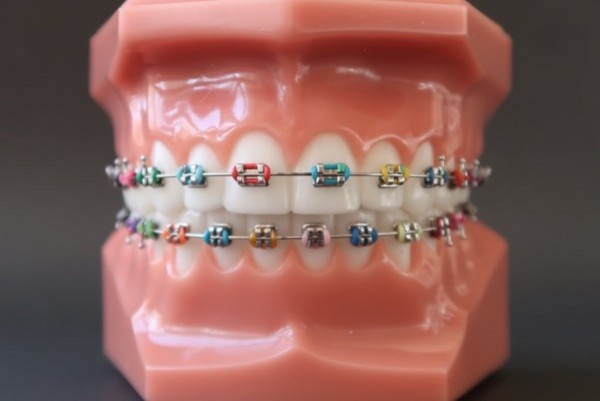
Necessary documents for orthodontic treatment
• Radiography of the patient’s teeth and head and face
Panoramic radiography, or OPG, provides an overview of the teeth and some surrounding structures.
A lateral cephalometric radiograph is a half-view in which the position of the jaw and the angles of the teeth are examined.
If in doubt about the health of the teeth, a single tooth radiograph (periapical or bitewing) may be prescribed. In special cases, such as impacted teeth, specialized CBT radiographs are prepared.
• Molding of patient teeth
• Take photographs with a special camera of teeth and face from different angles
• Complete the file with a thorough clinical examination and obtain a history from the patient
In the mobile orthodontic procedure, the patient can completely remove the orthodontic appliance from his mouth and put it back in place. In this method, the patient’s teeth are molded and a removable plaque is made in the laboratory according to the order of the orthodontist. Plaque is adjusted and activated by the doctor in oral treatment sessions.
The duration of treatment for orthodontic plaque in children is often between 6 and 12 months.
Fixed orthodontics is the most common and standard treatment for all adolescents and adults, although it is sometimes used in combination with removable orthodontics.
In this type of orthodontics, the patient does not have the ability to remove the device from his mouth and orthodontic appliances are attached to the teeth. It can be said that the goals of this treatment are to move the teeth to the right place, to arrange the broken teeth, and to correct the relations between the teeth of the jaw.
In orthodontic treatments with fixed orthodontics, the orthodontist tries to apply a specific and controlled force to the teeth with orthodontic wires.
That’s why he attaches a piece of metal called a bracket to each tooth. With orthodontic brackets, each tooth can move in all three spatial directions, so fixed orthodontics is the best and most efficient method of orthodontic treatment.
In this method, the brackets are glued to the patient’s tooth and a metal wire is passed through the groove of the brackets, which are held inside the bracket with very fine pulls in the patient’s desired color.
These very delicate bandages are completely replaced in each session of orthodontic treatment. The wires are changed in some sessions, but the attached brackets usually remain in the patient’s mouth until the end of treatment and are not replaced.
Sometimes a metal ring called a brace is placed on the teeth of a large mill.
The braces and brackets and most fixed orthodontic wires are made of stainless steel (stainless steel) which is fully compatible with the body.



